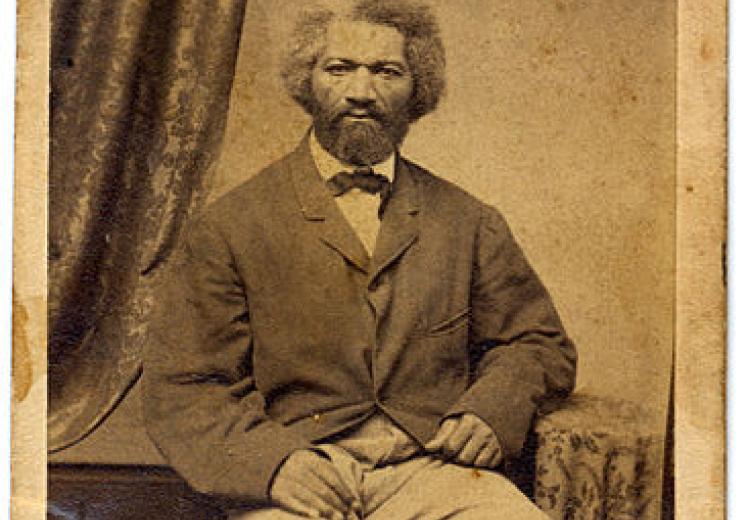Lesson 3: From Courage to Freedom

Photography of Frederick Douglass, ca. 1860s.
Frederick Douglass's 1845 narrative of his life is a profile in both moral and physical courage. In the narrative Douglass openly illustrates and attacks the misuse of Christianity as a defense of slavery. He also reveals the turning point of his life: his spirited physical defense of himself against the blows of a white "slave-breaker."
Guiding Questions
How does Frederick Douglass's skilled use of language paint a convincing portrait of slavery's horrors?
What behaviors and actions did slaveholders use Christianity to justify and how does Douglass effectively point out their hypocrisy?
Learning Objectives
Examine Douglass's use of imagery, irony, and rhetorical appeals in the telling of his experiences and observations.
Evaluate the extent to which a slave narrative is a reflection of reality and romanticized myth.
Analyze the historical circumstances of Douglass's escape and contrast his experiences as a free man with others in the North.
